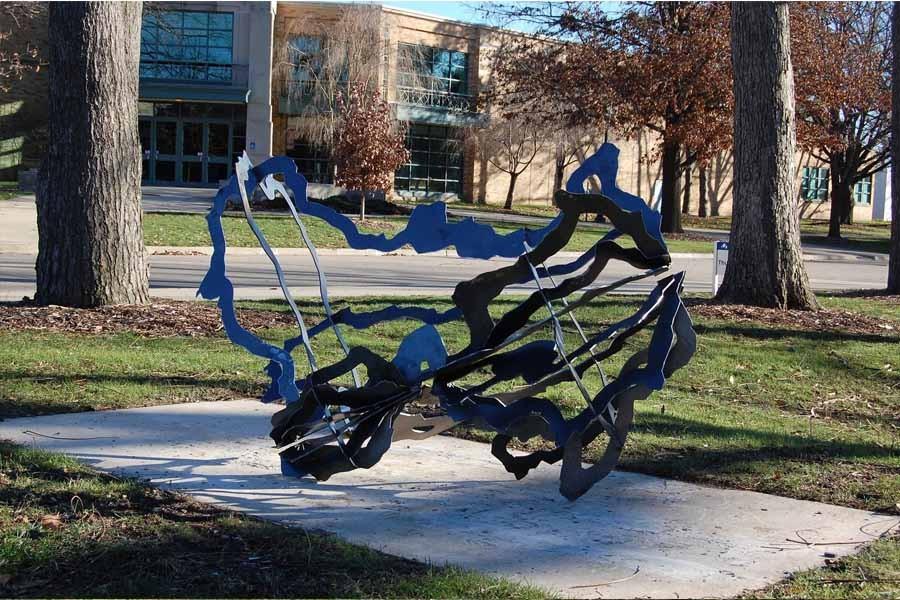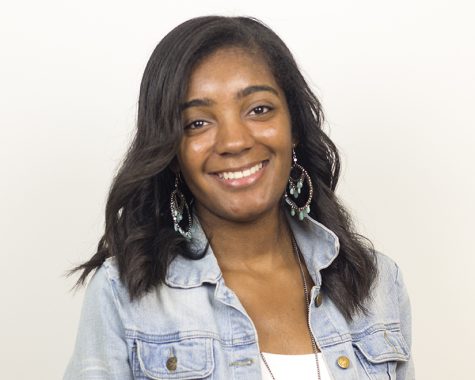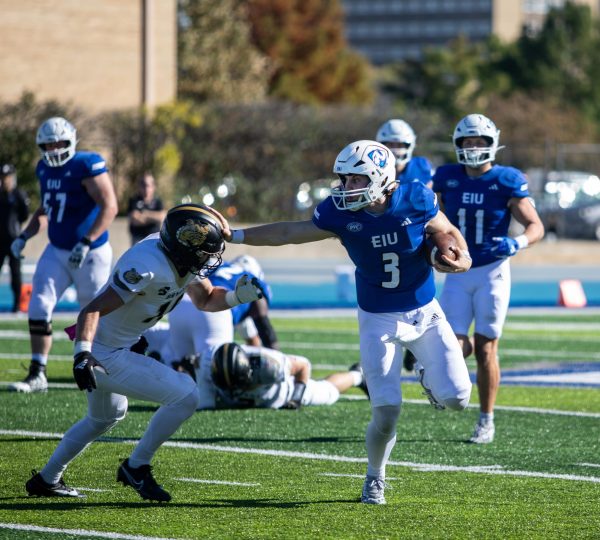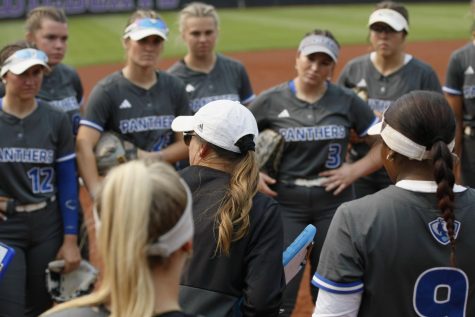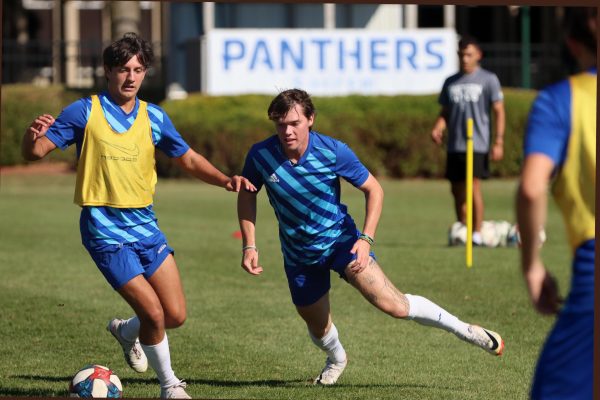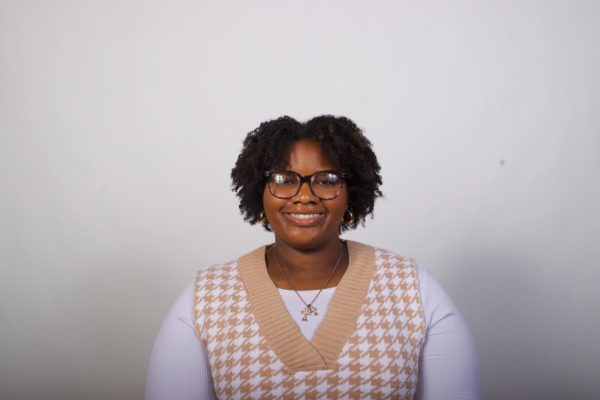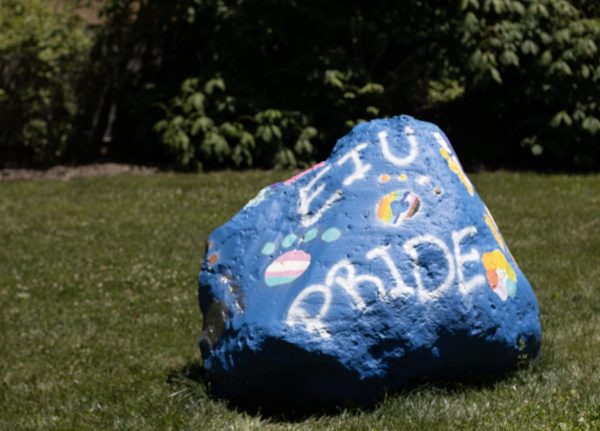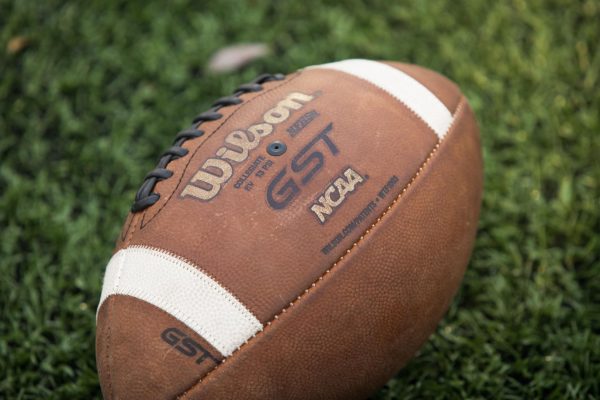Sculpture made with digital design, steel
“Cloud Form” sculpture is made of steel which makes it suitable for the outdoors and is located by Buzzard Hall.
January 15, 2016
Matt Boonstra, assistant professor of art, loves when viewers look-up into the sky and create their own interpretations of clouds which inspired his new sculpture “Cloud Form”.
Cloud Form is now on display outside between the Life Sciences Building and Buzzard Hall.
Boonstra wants viewers to approach his sculpture similar to looking at the clouds.
“I love hearing people seeing different objects in the sculpture and I love the ambiguity,” Boonstra said.
Made entirely of steel the sculpture is a combination of about 30 pieces woven together to resemble a model made of spray foam.
Ryan Arteaga, studio art graduate student, said he is fascinated with common spray foam being transformed into a 3D work of art.
“Something like spray foam that carpenters uses becomes something you see now a sculpture made of metal, but still resembles the foam,” Arteaga said, I think is really interesting. “
The spray foam experienced a series of steps using digital software.
“What I wanted to do is to merge two of my interest, one was digital design and the exploration of physical sculpture,” Boonstra said. “ I became interested in always trying to push myself to learn things I didn’t know with digital technology.”
Boonstra would spray the foam, which is a liquid base and would let the foam form it its own spontaneous structure over night.
Allowing the foam to expand independently resembles the unpredictable form of clouds.
Once the foam model was created Boonstra used Reconstuct Me to scan the model into a 3D digital mesh using the Rhinosarus software and then used Autodesk to manipulate the mesh into different forms.
“So it’s a lot of software that goes back and forth and it’s not just a singular, straight linear line but more of circular process,” Boonstra said.
Using Autodesk software the mesh 3D structure was sliced into approximately 30 pieces, which Boonstra used as the ending result of the sculpture.
There were a lot of failures throughout the process but understanding the traditional steel fabrication motivated me during the 50 hour designing phrase said Boonstra.
From the software a g code is provided for each sliced piece.
The codes are then sent to the Mattoon Industrial Services company which uses machinery like the a CNC plasma cutter to cut out the intricate metal pieces.
“This was an experiment in a lot of ways. I wanted to jump into something I haven’t done before so, I was really happy with the outcome,” Boonstra.
As art professors it is encouraged that they pursue their own art interests outside of the classroom.
“It’s a new level of respect you gain when you see your professors create their own art work,”Arteaga said.
Arteaga currently works underneath Boonstra and can attest to his desire to pursue new methods with sculpture design.
“It is very inspiring as a new artist to see someone like him experimenting with these new technologies and not being so traditional,” Arteaga said.
Kalyn Hayslett can be reached at 581-2812 or [email protected].






































